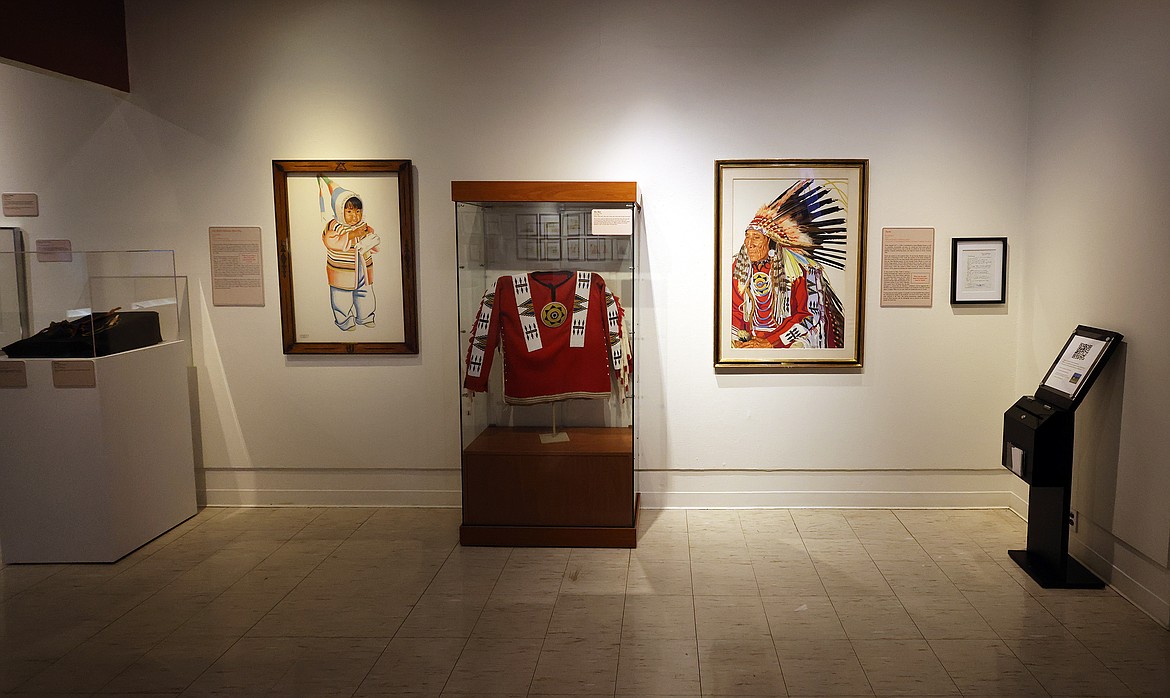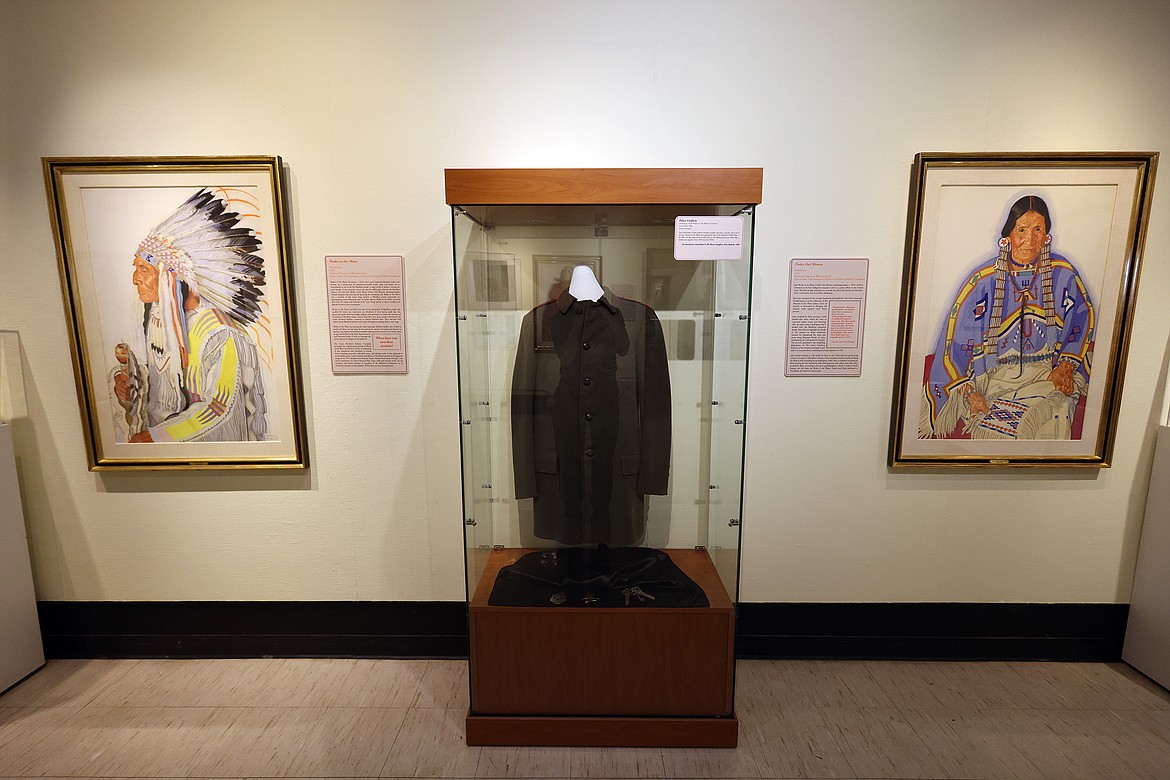Art exhibit returns Winold Reiss portraits to the Blackfeet Reservation
For the first time in more than 60 years, the works of Winold Reiss are back on the Blackfeet Reservation, where many of them were created.
Through a collaboration between the Blackfeet Nation, Museum of the Plains Indian, the BNSF Foundation and the Glacier National Park Conservancy, an exhibit of nine of Reiss’ original pastel portraits entitled “Connections – the Blackfeet and Winold Reiss” will be on display in Browning through Oct...
Support Local News
You have read all of your free articles this month. Select a plan below to start your subscription today.
Already a subscriber? Login
Daily Inter Lake - everything
Print delivery, e-edition and unlimited website access
- $26.24 per month
Daily Inter Lake - unlimited website access
- $9.95 per month










